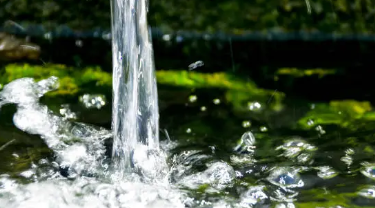A recent United Nations report raises alarming concerns about groundwater depletion in the Indo-Gangetic basin and predicts critically low availability in India’s north-west by 2025. The ‘Interconnected Disaster Risk Report 2023’ warns of six environmental tipping points globally: species extinctions, groundwater depletion, mountain glacier melting, space debris, unbearable heat, and an uninsurable future.

If these critical points converge, a catastrophic disaster may unfold, echoing past instances that transformed Earth’s history. The report underlines the urgency to address these environmental challenges to secure the planet’s future and mitigate the potential combined catastrophe.
India, despite being less water-rich than the US and China, is the world’s largest consumer of groundwater, surpassing both nations combined. Primarily used for agriculture when surface water is insufficient, this practice is unsustainable, straining aquifers.
The overexploitation of borewells, crucial for agriculture since the Green Revolution, is particularly evident in Punjab. Unregulated extraction extends to industrial and drinking water, jeopardizing the farming model.
Unsustainable water use poses a threat to India’s agricultural practices, urging a shift towards more balanced and responsible water management to avert potential environmental and agricultural crises.
Water leakage and wastage contribute to India’s water crisis. Although there are conservation projects like rainwater harvesting, their adoption remains limited. The government initiated the Rs 6,000-crore Atal Bhujal Yojana in 78 water-stressed districts, aiming for sustainable groundwater management, with Karnataka showing notable progress.
However, the program addresses only a fraction of the issue, considering over 70% of the country’s water comes from groundwater.
Raising awareness about water conservation is crucial, and action plans must reduce usage, curb wastage, and enhance conservation efforts, especially in the face of worsening conditions due to climate change. It’s time to prioritize counting every drop of water used and saved.




